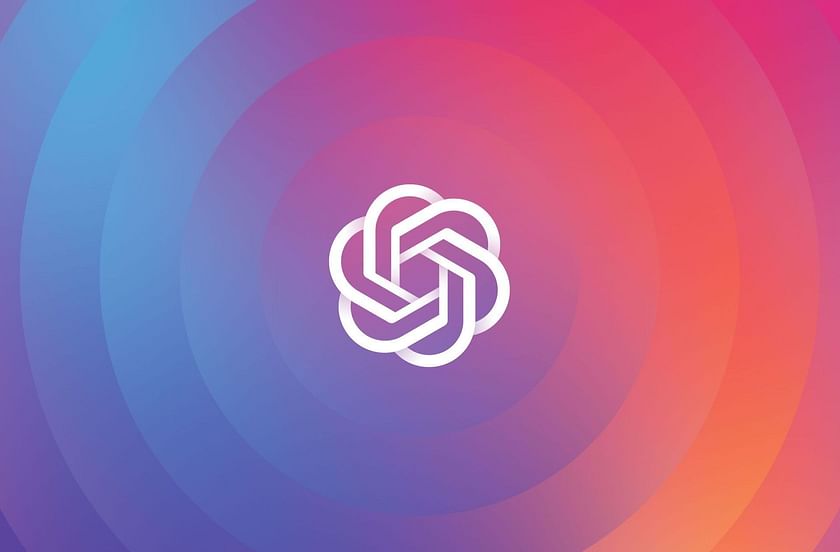ChatGPT: A Revolution in Natural Language Processing
ChatGPT is a large language model trained by OpenAI, based on the GPT-3.5 architecture. It is a revolution in natural language processing, allowing for a more sophisticated approach to chatbots and other language-based applications. This article will explore the background and capabilities of ChatGPT, as well as its potential impact on the future of communication and artificial intelligence.
Background
ChatGPT is the result of years of research and development in the field of natural language processing (NLP). NLP is a subfield of artificial intelligence (AI) that focuses on the interactions between computers and human languages, including speech and text. It is a challenging field due to the complexity and nuances of human language, which can make it difficult for machines to interpret and respond appropriately.
One of the key breakthroughs in NLP was the development of neural language models, which use deep learning algorithms to analyze large datasets of text and learn patterns and relationships between words and phrases. This approach has led to significant improvements in machine translation, sentiment analysis, and other language-based applications.
ChatGPT takes this approach to the next level, with a model that has been trained on an unprecedented amount of data – over 45 terabytes of text – and has the ability to generate human-like responses to a wide variety of prompts. It uses a transformer-based architecture, which allows it to model long-term dependencies and contextual information, and has been fine-tuned for a range of language tasks, including natural language understanding (NLU) and natural language generation (NLG).
Capabilities
ChatGPT's capabilities are impressive, to say the least. It has the ability to understand and generate responses in multiple languages, and can respond to a wide variety of prompts, including questions, statements, and commands. It has been trained on a range of topics, from news articles to social media posts, and can generate responses that are relevant, informative, and engaging.
One of the key benefits of ChatGPT is its ability to generate human-like responses, which can help to improve user engagement and satisfaction. It can understand the context of a conversation and respond appropriately, using natural language that is both grammatically correct and semantically meaningful.
ChatGPT can also be used to generate text in a variety of styles, from formal to casual, and can be used for a range of applications, including chatbots, virtual assistants, and customer service platforms. Its flexibility and adaptability make it a valuable tool for businesses and organizations looking to improve their customer experience and automate their communication processes.
Impact
The impact of ChatGPT on the future of communication and AI is significant. It has the potential to revolutionize the way we interact with machines, making it easier and more natural for humans to communicate with computers. It can also help to bridge the gap between different languages and cultures, enabling more effective communication across borders and barriers.
ChatGPT's impact on the job market is also worth considering. As AI and automation continue to reshape the workforce, there is a growing need for individuals with skills in NLP and machine learning. ChatGPT represents a significant step forward in this area, providing a powerful tool for developers and researchers to explore new applications and opportunities.
Finally, ChatGPT's impact on society and culture cannot be overlooked. As we become more reliant on technology and digital communication, there is a growing need for machines that can understand and respond to human language in a meaningful way. ChatGPT represents a significant step forward in this area, and its potential to improve communication and understanding between individuals and groups should not be underestimated.
Conclusion
ChatGPT is a powerful tool that has the potential to revolutionize the way we interact with machines and each other. Its sophisticated approach to natural language processing represents
Read Also: ALL YOU NEED TO KNOW ABOUT OPENSTACK LICENSE

